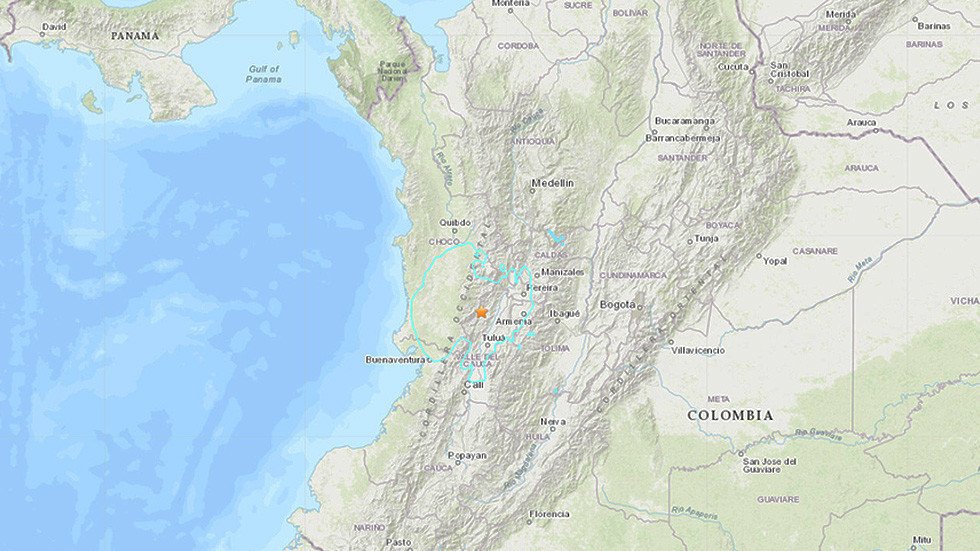Mayotte seismo-volcanic crisis: Significant subsidence detected, observation campaign launched
It's been almost a full year since the start of an intense earthquake swarm near the island of Mayotte and it seems we'll have some answers soon. While GPS stations show significant subsidence at the island, suggesting emptying of a nearby magma chamber, authorities launched several major observation missions at the end of February, with results expected within 6 months. The missions are coordinated by CNRS with the support of BRGM, IPGP, IGN, Ifremer and the Environment Ministry of France.
More than 1 600 earthquakes of magnitude 3.5 and more, about 50 km (31 miles) to the east of Mayotte, have been recorded since May 10, 2018. Of these, 29 earthquakes above magnitude 5 have been felt by the population across the archipelago and have affected buildings in some places.
Furthermore, low-frequency signals of a different type, which propagate more easily over long distances, have been recorded by global networks, in particular on November 11, 2018. These signals could correspond to seismic tremors, which are imperceptible earthquakes triggered by rising magma.
Since July 2018, moreover, regular signal processing by the permanent GNSS network run by the IGN shows that the six high-precision GPS stations on Mayotte have recorded a continuous eastward shift of around 14 mm/month (0.55 inches/month) or 168 mm/year (6.61 inches/year), together with subsidence at a rate of 7 mm/month (0.27 inches/month) or 84 mm/year (3.30 inches/year).
The rate of subsidence of the island prior to the swarm was just 0.0016 mm/month or 0.19 mm (0.0075 inches) per year.
This accelerating subsidence since the beginning of the seismic swarm caused Mtsangamouji to sink 6 cm (2.36 inches), Bandrele 10 cm (3.93 inches) and Petite-Terre 12 cm (4.72 inches).
Taken together, these observations suggest that this ongoing episode could be of the seismo-volcanic type.
The phenomenon could be explained by the emptying of a magma chamber located about 50 km (31 miles) east of Petite-Terre, at a depth of about 30 km (18.6 miles).
In response to a BRGM initiative at the start of this seismo-volcanic episode, the scientific community has been seeking to understand the phenomena and how they are evolving. In these circumstances, the CNRS coordinated a call for tenders to over 20 French research laboratories working in the relevant field, with the aim of improving scientific observations and understanding of the phenomenon and producing better estimations of the hazards and potential impacts for this French region.
This €420 000 effort will support ongoing observation missions by deploying instruments on land and at sea to produce data for immediate distribution to the scientific community. The call for tenders also covers data analysis and strengthening of the observation network.

